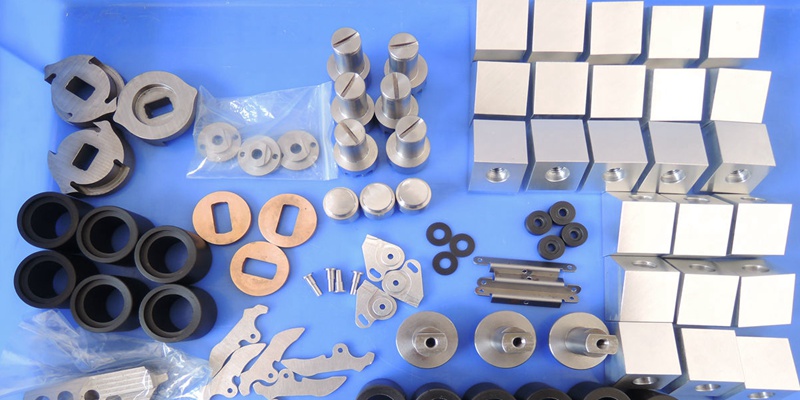- October 20, 2021
The strength of metals is one of the most important mechanical attributes necessary in classifying metal applications and usage. Some metals may be suitable to be used in the construction industry but not in the aerospace industry. This is a critical determinant used by scientists, manufacturers, and engineers in assuring the functionality and practicality of metal on any of their projects.
In the materials industry, strength is defined by a material’s ability to withstand an applied load without exhibiting failure and plastic deformation.
Types of Strengths
Materials exhibit different types of strength depending on how a load is applied. These strengths are used as parameters to be considered when choosing a material for certain applications. Below are the different types of metal strength:
Yield strength- This is the maximum strength a metal can withstand before it exhibits permanent plastic deformation in a tensile test. Engineers use this value to determine the maximum load that a component can carry.This is used as a criterion for defining failure in many engineering codes.
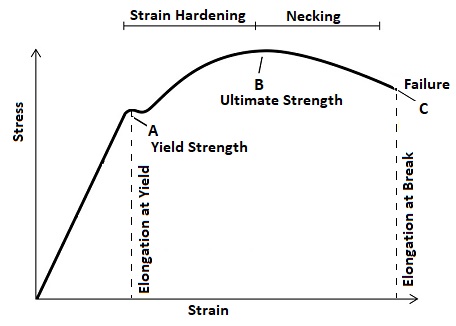
Ultimate tensile strength or just called tensile strength- This is defined by the maximum stress the material can withstand during a tensile test. In simpler terms, this is the maximum load a metal can resist before fracturing or being pulled apart.
Compressive strength- This is the maximum strength wherein a material can withstand failure during a compression test. In this type of strength, the load is applied on the top and bottom of the specimen.
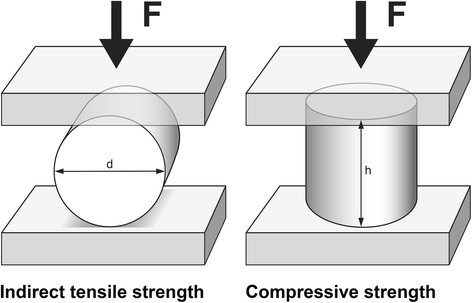
Impact Strength- This is a metal’s ability to resist sudden sharp loads without failure. It is the maximum energy a metal can absorb before exhibiting breakage or fracture.
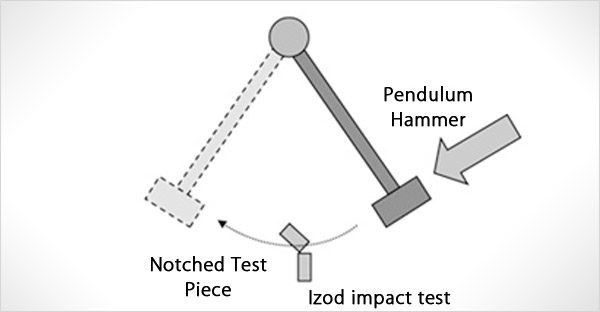
Why Do We Need To Learn About Metal Strength?
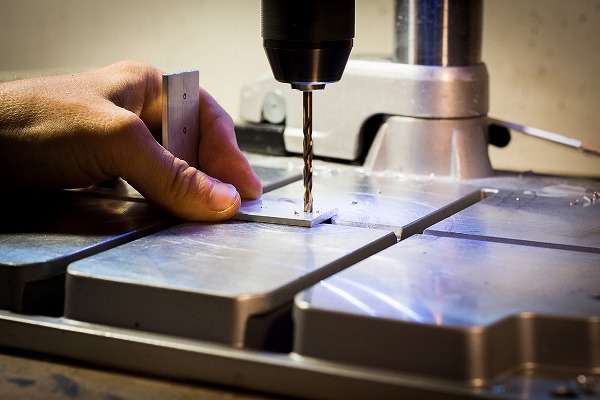
You probably have grasped a bit of the importance of learning about mental strength now that you have been oriented on its fundamental types. To explain it further below is a comprehensive discussion on why metal strength is important in various industries:
Mechanical/ Structural Design
When it comes to mechanical and structural elements, engineers need to be aware of the strength of the parts they design. They use this to identify at what point may a material potentially break or fail. In this way, they’ll be able to set the limits and define necessary constraints for certain parts they design.
Material selection
Metal strength is a very relevant criterion in choosing materials that are capable of withstanding the demands or requirements of different applications in the industry. Different metals exhibit different strength ratings. There are certain metals suitable for high-stress applications and there are also some that are more appropriate for low-stress applications. For example, a metal with high tensile strength is preferred for making parts needed for hoisting or pulling.
Safety
It all boils down to safety. Metal strength sets various limits to help avoid failure in any application. Knowing the strength rating of metal allows for a foolproof and safe design of parts that are capable of supporting their intended loads without causing harm to its users.
Strongest Metals Used in Metals Fabrication
In the industry, there will be the strongest ones that may be preferred depending on the application and design requirements. Below are the strongest metals commonly used in various industries:
1. Titanium
This naturally occurring metal possesses a high tensile strength given its less dense structure than that of the common metals. Titanium is popular for its low strength to weight ratio and high corrosion resistance which make it perfect for aerospace, automotive, and medical applications. Aside from its pure state, titanium is commonly alloyed with other metals to enhance its strength further. An example is the titanium aluminide in which the alloying elements are aluminum and vanadium
2. Chromium
Chromium has made the list of the strongest metals as it is considered the hardest metal on earth. Chromium might not be commonly used by itself, but it does wonder when it is alloyed to other metals. One popular application where chromium is the key ingredient in the manufacturing of stainless steel, one of the most in-demand metals used in any industry.
3. Tungsten
This is hailed as the strongest and toughest naturally occurring metal for its ultimate tensile strength of 250,000 psi or 1725 MPa. To compensate for its brittleness, this metal is commonly alloyed with other elements. The most popular alloy is the tungsten carbide. The strength of tungsten has been very useful for various applications in the military, aerospace, mining, and other metalworking industries.
4. Steel
Generally, steel is one of the strongest metals and the most important engineering and construction material. This metal is made by alloying iron, carbon, and some other elements depending on the type of steel produced. The ultimate stress of steel depends on its other alloying compounds. Below are some types of steel commonly seen:
- Stainless steel- and alloy of steel, chromium, and manganese. This metal is known for its excellent corrosion-resistant properties. It has a yield strength of 1560 MPa and ultimate tensile strength of up to 1600 Mpa
- Steel – Iron – Nickel alloys- Generally, alloying nickel to carbon steel increases its ultimate strength to up to 1450 MPa. Different manufacturers have made their own variations of this alloy.
- Tool Steel- This type of steel alloy is made by mixing in the right proportions of cobalt and tungsten. Its strength and hardness make it a perfect material used in manufacturing CNC cutting tools and even axes.
5. Inconel
Another alloy that made it to the list is Inconel. This is an alloy of austenitic nickel and chromium. These superalloys are extremely strong and corrosion-resistant which makes them perfect for applications with extreme environments and conditions. These are commonly used for manufacturing turbines, turbocharger rotors, heat exchangers, pressure vessels, and many more.
Processes That Enhance Metal Strength
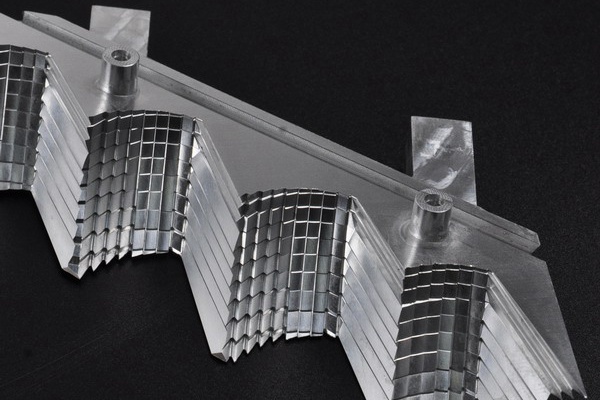
1. Solid Solution Strengthening and alloying
This is the method used for the alloyed metals mentioned previously where it is used to improve the strength of pure metal. Solid solution strengthening involves forming a “solid solution” by adding atoms of an alloying element to the crystal lattice structure of the base metal .
2. Heat treating
This special process may be done at any point in manufacturing a metal part to enhance its properties. During the heating process, the metal’s microstructure is altered which makes a metal or alloy stronger, tougher, and more durable. Below are the common methods of heat treatment:
- Annealing- Metals like copper, silver, aluminum, steel, and brass are heated to lessen their chances of fracturing while being worked on. In annealing, there are three phenomena that happen, recovery, recrystallization, and grain growth.
- Tempering- tempering involves heating the metal to a temperature just below its hardening temperature and holding it at a specified period. This process is done to reduce the brittleness of metal while still retaining its hardness and strength.
- Normalization- This process is done to make steel tougher and ductile.
- Hardening- In this process, the metal is heated at a sufficient temperature that is high enough to dissolve solute-rich precipitates. This process then increases the metal’s hardness and strength. The downside to this however is that the metal has already lost its ductility, making it brittle.
3. Strain Hardening or cold working
This method involves strengthening metal by inducing plastic deformation to increase its hardness, yield strength, and tensile strength. The dislocations made during this process result in entanglement in the grain dislocation. This entanglement then prevents further deformation in the grains affected, hence increasing the mental strength. Strain hardening is commonly seen in cold working and forming processes such as squeezing, shearing and bending.
The Difference Between Strength And Hardness
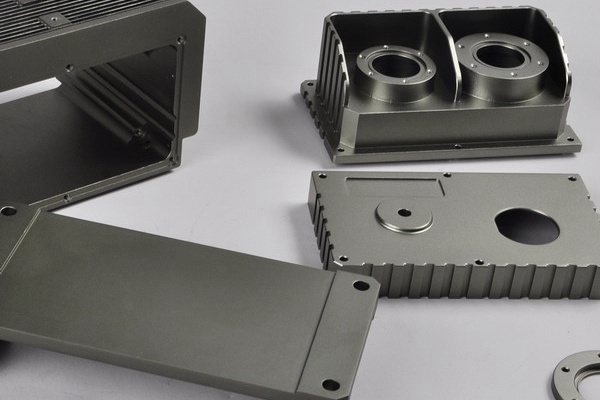
Strength and hardness may have a close relationship to each other but it is important to take note that these properties are measured differently. Strength is defined as a material’s ability to resist deformation caused by an external load, while hardness is the ability of a material to resist penetration or scratching.
As mentioned, these two have completely different ways of testing. Metal strength is determined through a tensile or compressive test in a universal testing machine, while hardness test may be done through several methods including Rockwell hardness test, Brinell hardness test, Vicker hardness test, and Shore stereoscope.
These two are both important in the design and engineering industry as they are one of the major parameters being considered. Strength sets the limits on what are the maximum allowable load on the parts being made. This is vital in avoiding failures on structures and machinery. On the other hand, the hardness is a very good indicator of a metal’s resistance to mechanical wear. Harder metals are preferred for making parts that are required to have an excellent resistance to wear.
Metal Strength Chart
When your project requires metal parts, there are some important parameters you need to know about common metals. For example, the yield strength of steel, the tensile strength of steel, density, hardness, etc. There is a metal chart. You can compare and refer to the properties of different metals.
| Types of Metals | Tensile Strength (PSI) | Yield strength (PSI) | Hardness Rockwell (B-Scale) | Density (Kg/m³) |
| Stainless steel 304 | 90,000 | 40,000 | 88 | 8000 |
| Aluminum 6061-T6 | 45,000 | 40,000 | 60 | 2720 |
| Aluminum 5052-H32 | 33,000 | 28,000 | 2680 | |
| Aluminum 3003 | 22,000 | 21,000 | 20 to 25 | 2730 |
| Steel A36 | 58-80,000 | 36,000 | 7800 | |
| Steel Grade 50 | 65,000 | 50,000 | 7800 | |
| Yellow Brass | 40,000 | 55 | 8470 | |
| Red Brass | 49,000 | 65 | 8746 | |
| Copper | 28,000 | 10 | 8940 | |
| Phosphor Bronze | 55,000 | 78 | 8900 | |
| Aluminum Bronze | 27,000 | 77 | 7700-8700 | |
| Titanium | 63,000 | 37,000 | 80 | 4500 |

